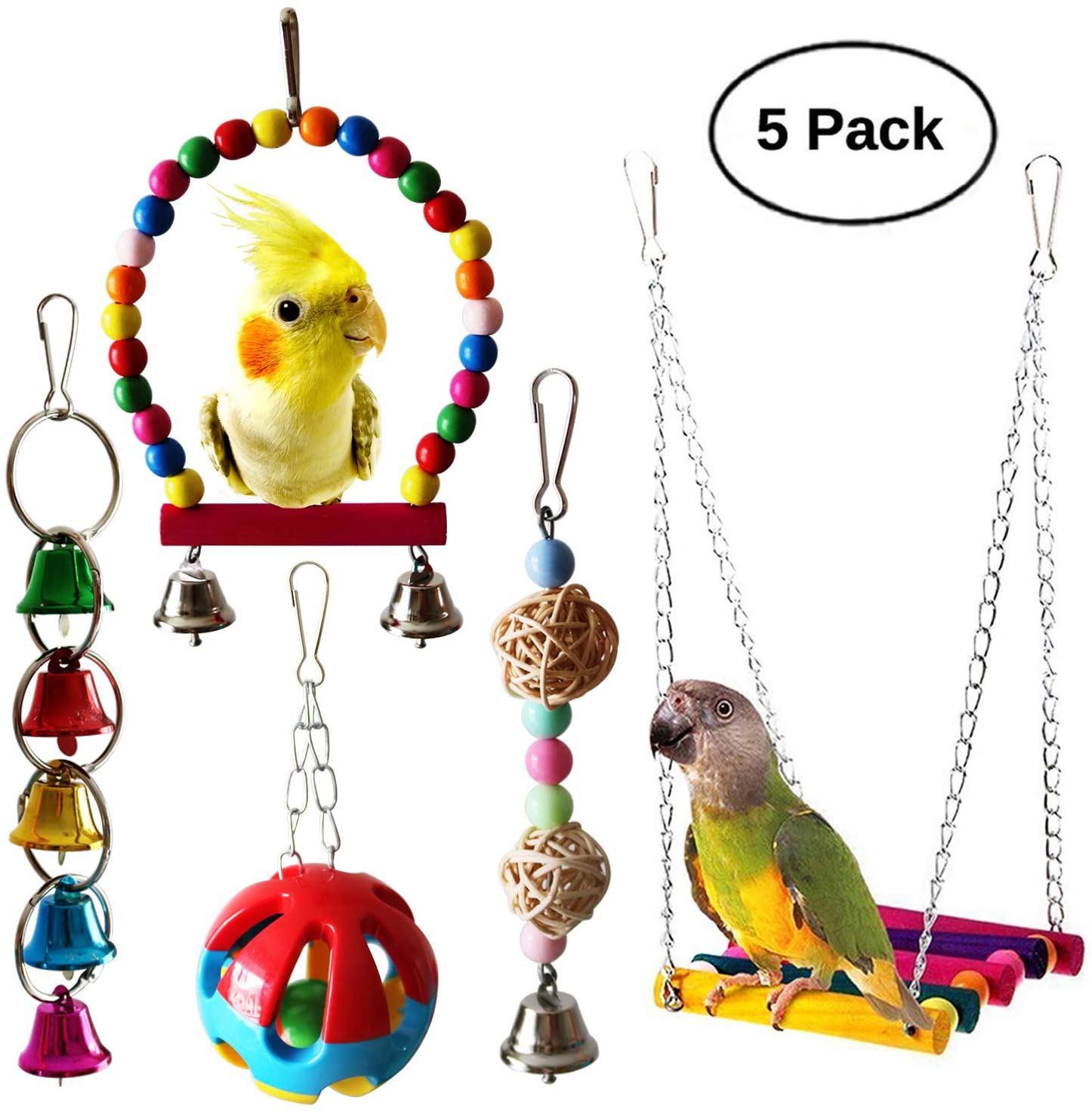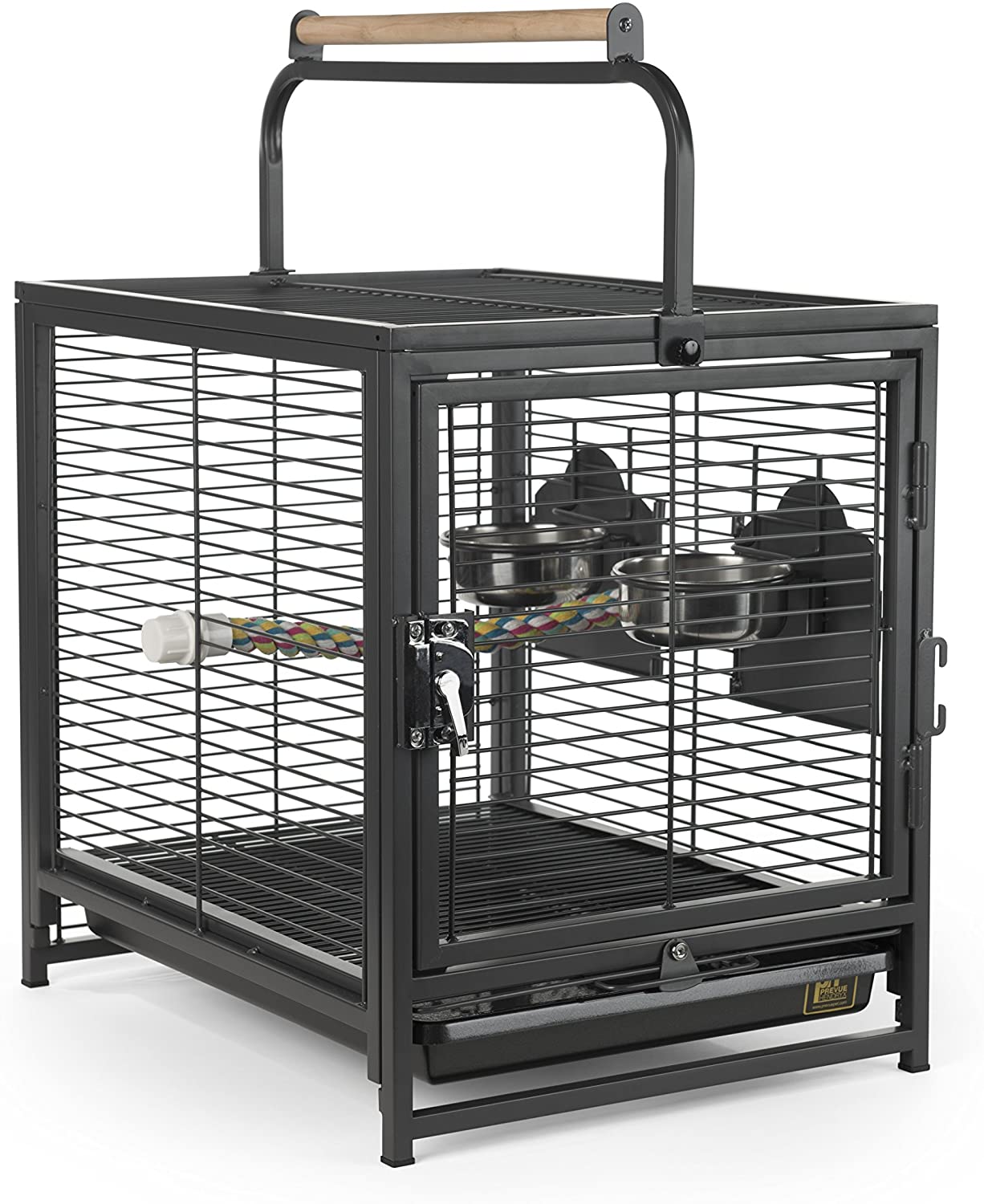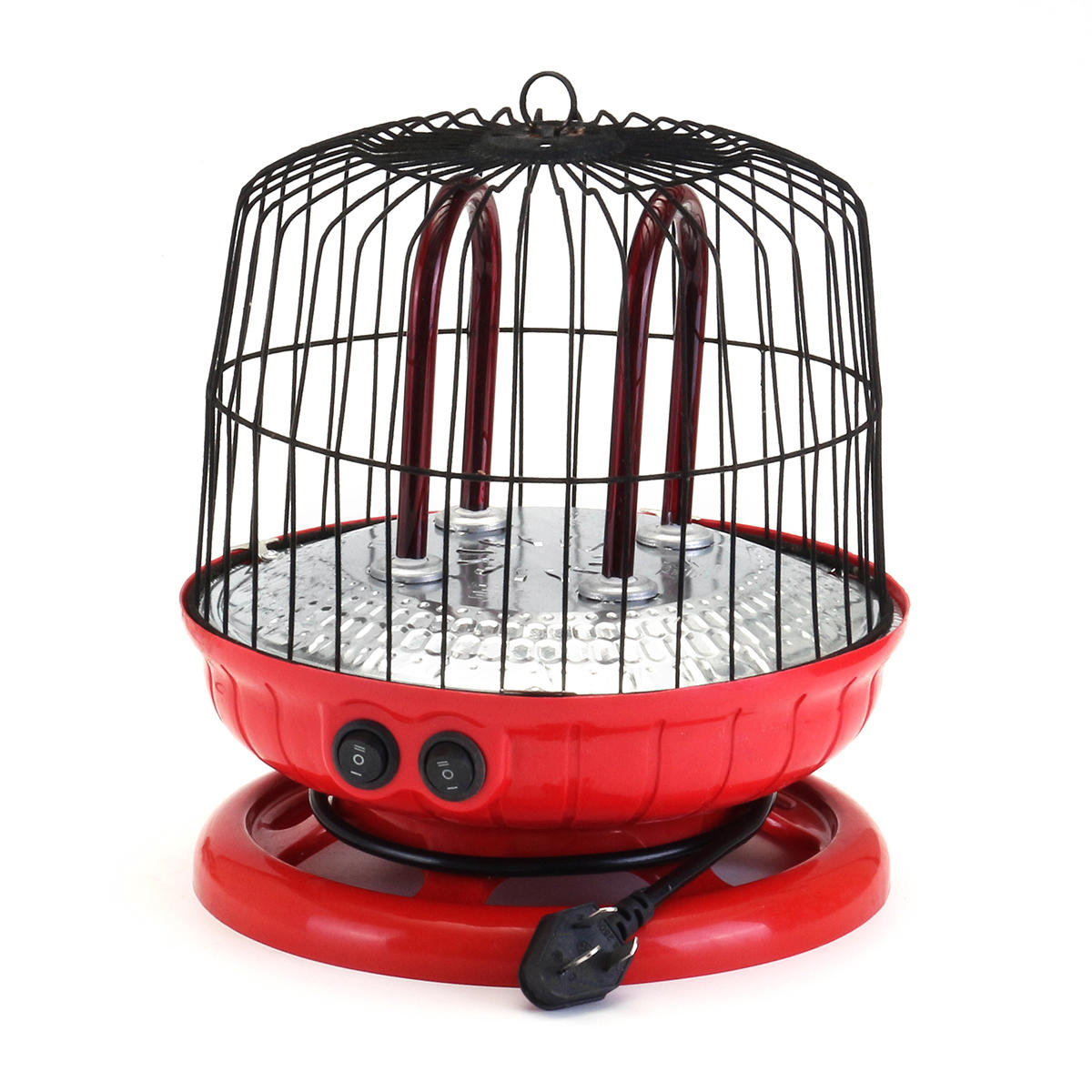Blue-headed pionus is a medium to large sized parrot also known as the blue-headed parrot. They are found at altitudes of about 600m, occasionally as high as 1500m, in places where food is readily available. Both the males and females are similar in appearance.
Scientific Classification |
|
| Kingdom | Animalia |
| Phylum | Chordata |
| Class | Aves |
| Order | Psittaciformes |
| Superfamily | Psittacoidea |
| Family | Psittacidae |
| Subfamily | Arinae |
| Tribe | Androglossini |
| Genus | Pionus |
| Species | Pionus menstruus |
Quick Information |
|
| Other Names | Blue-head Amazon, Red-vented Parrot |
| Size | Around 28 cm |
| Wingspan | Around 18 cm |
| Weight | 200-260 gms |
| Color | They are green with deep blue head, neck, and upper breast; some yellow on the wing coverts, under-tail coverts are red; black beaks with red at the sides, black patches on ear coverts, skin around the eyes are gray with dark brown irises; feet and legs are gray |
| Distribution | Central and South America, Costa Rica and Trinidad, South to Bolivia and South to Central Brazil |
| Habitat | Forests and semi-open country which includes cultivated areas; mainly found in humid or semi-humid regions |
| Sound and Call | Light, high-pitched squeaking calls |
| Clutch | 3 to 5 white eggs |
| Incubation Period | 24 to 26 days |
| Fledge date | Around 8 to 10 weeks |
| Lifespan | 35 to 45 years or more |
| Diet | They eat seeds, fruits, berries, blossom and sometimes grains |
| IUCN Conservation Status | Least Concern |
As Pets
Housing
Breeders suggest cage size of about 8.5x3x6 ft. It is recommended to place the nest box at an elevation in a dark and unfrequented area of the aviary.
Cage Accessories
The cage should be spacious as small cages make the bird sedentary and overweight. Toys can be put inside the cage for entertainment purpose.
Temperature
They should be kept in environments where the temperature does not exceed 80°F (26.7°C) in summer, whereas during winter, the temperature should be maintained between 40°F and 50°F (5°C and 10°C).
Personality and Behavior
Blue-headed pionus make good pets, being easy-going and fun-loving. Even though they do not have much talking ability, they are a better option than many loud and noisy species due to their peaceful nature. Affectionate, and sociable, the birds respond well to training, enjoying direct contact with the owner, like a head scratch. They are known to be independent as they engage themselves with food and toys without being constantly monitored by you.
They are less aggressive than other parrot species and tend to bite less often. However, during their breeding season, the temperament of the males is very aggressive towards their mates and keeper as well.
Care
Regular bath will help maintain healthy plumage and skin. Care should be taken not to trim the wing feathers too much as they tend to fall and get injured.
Feeding
They should be given high quality formulated pelleted food with fresh fruits and vegetables. With a proper diet, they do not require additional nutritional supplements. However, as they are known to be prone to vitamin-A deficiency, consulting a doctor may be necessary if you notice any warning signs, like patchy feather-loss. Although, ringworms may also cause the same symptom.
Health problems
They tend to suffer from aspergillosis, a type of birds’ respiratory disease and also bacterial and fungal infections. Visceral gout is another illness which affects blue-headed pionus, and the disease may be associated with improper diet. Pox virus infection, feather-picking, psittacosis, and toe necrosis are some other disorders associated with blue-headed pionus.
Price
A blue-headed pionus costs between $850-$1,500.
References:












